Is it possible to create a density plot using this population data? Age_group is a categorical variable. Does it have to be numeric to create a density plot?
library(tidyverse)
df <- structure(list(year = c(1971, 1971, 1971, 1971, 1971, 1971, 1971,
1971, 1971, 1971, 1971, 1971, 1971, 1971, 1971, 1971, 1971, 1971
), age_group = structure(2:19, .Label = c("All ages", "0 to 4 years",
"5 to 9 years", "10 to 14 years", "15 to 19 years", "20 to 24 years",
"25 to 29 years", "30 to 34 years", "35 to 39 years", "40 to 44 years",
"45 to 49 years", "50 to 54 years", "55 to 59 years", "60 to 64 years",
"65 to 69 years", "70 to 74 years", "75 to 79 years", "80 to 84 years",
"85 to 89 years", "90 to 94 years", "95 to 99 years", "100 years and over",
"Median age"), class = "factor"), population = c(1836149, 2267794,
2329323, 2164092, 1976914, 1643264, 1342744, 1286302, 1284154,
1252545, 1065664, 964984, 785693, 626521, 462065, 328583, 206174,
101117)), class = c("tbl_df", "tbl", "data.frame"), row.names = c(NA,
-18L))


